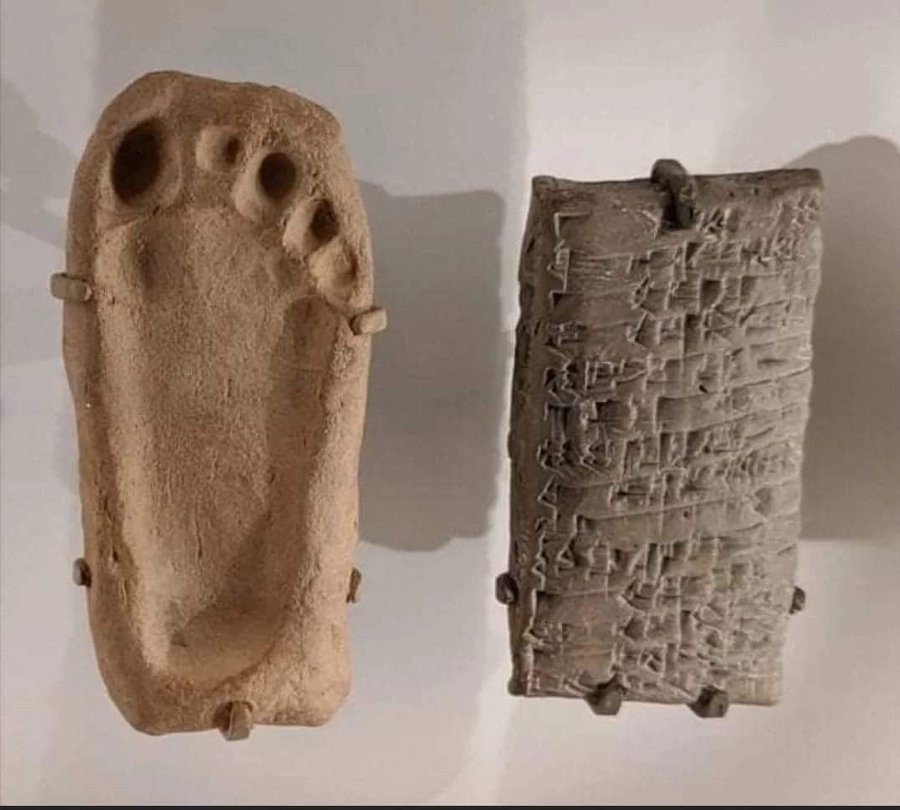
Sumerian Birth Certificate: One of History’s Oldest Records
Imagine a poignant record from the dusty pages of history, stretching back approximately four thousand years. Picture a small clay tablet inscribed with cuneiform, dating between 2000 and 1595 BC. This humble artifact represents the birth certificate of a child from the Sumerian period! Unearthed in the ancient city of Nippur (modern-day southern Iraq), this tablet stands as one of the fascinating connections we have to the distant past.
This clay document simply declares the arrival of a newborn with just a few lines of cuneiform script. The tablet meticulously records the baby’s gender and the names of the parents. However, what truly makes this record unique is the delicate footprint pressed onto the clay. This tiny imprint is interpreted as tangible proof of that miraculous moment – the birth itself. Even after thousands of years, the trace of those small feet left on the clay whispers the excitement of that day and the hope felt for a new life.
PEToday, this extraordinary historical artifact meets curious gazes within the esteemed collection of the University of Pennsylvania Museum in the United States. This Sumerian “birth certificate” is considered one of the oldest known birth records. Consider that, thousands of years before the detailed records kept in modern-day maternity wards, a Sumerian family immortalized the arrival of their new member through this simple yet touching method.
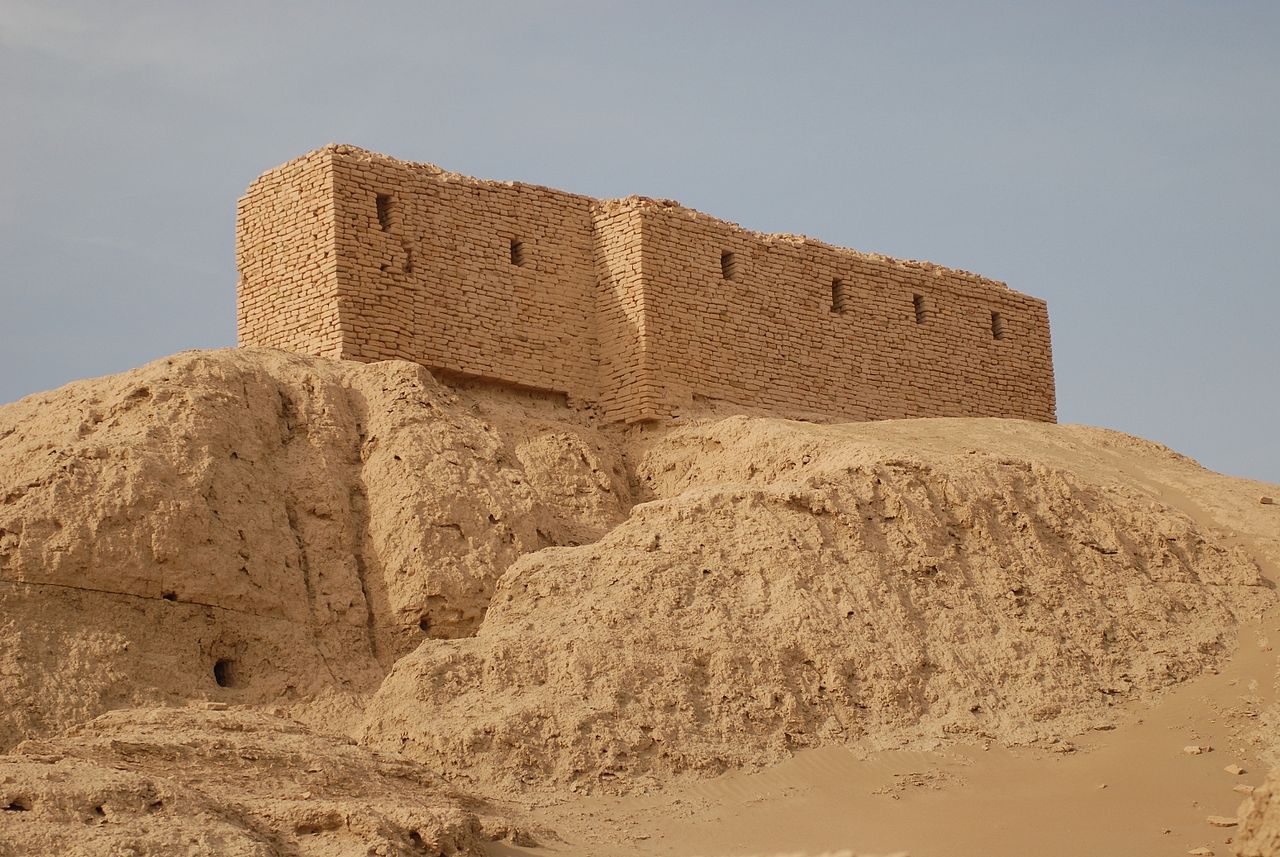
This small clay tablet is more than just a birth record; it also offers us glimpses into Sumerian society and beliefs. It raises questions about the significance of birth, how the arrival of a new individual was documented, and perhaps whether this footprint was part of a ritual to acknowledge and establish the newborn’s identity and existence.
The Sumerian birth certificate is like a warm breath from the depths of history. It reminds us that people who lived thousands of years ago shared the same fundamental human experiences, and that the arrival of a child held great joy and meaning for them as well. That small footprint, a symbol of love and hope transcending time, continues to silently tell its story at the University of Pennsylvania Museum.
Cover Photo: Penn Museum
You may also like
- Archaeologists Discover 9,000-Year-Old Temple in Jordan Desert
- Sumerian Birth Certificate: One of History’s Oldest Records
- Archaeologists Uncover Unique Auditorium During Excavations in Sicily
- Astonishing 3,000-Year-Old Cave Paintings Unearthed in Brazil
- Ancient Assyrian Tablets: Science Uncovers 7th Century Writing Techniques
- The Mysterious Goddess of Levent Valley: 2800-Year-Old Hittite Goddess Figurine
- Discovery in Romania Reshapes History of Ancient Dacian Presence
- New Study: Climate Change May Have Played a Role in the Fall of the Roman Empire
- The Dazzling Treasure of Kibyra: The Medusa Mosaic Reopens to Visitors
- Stunning 2,500-Year-Old Settlement Discovered in North Macedonia
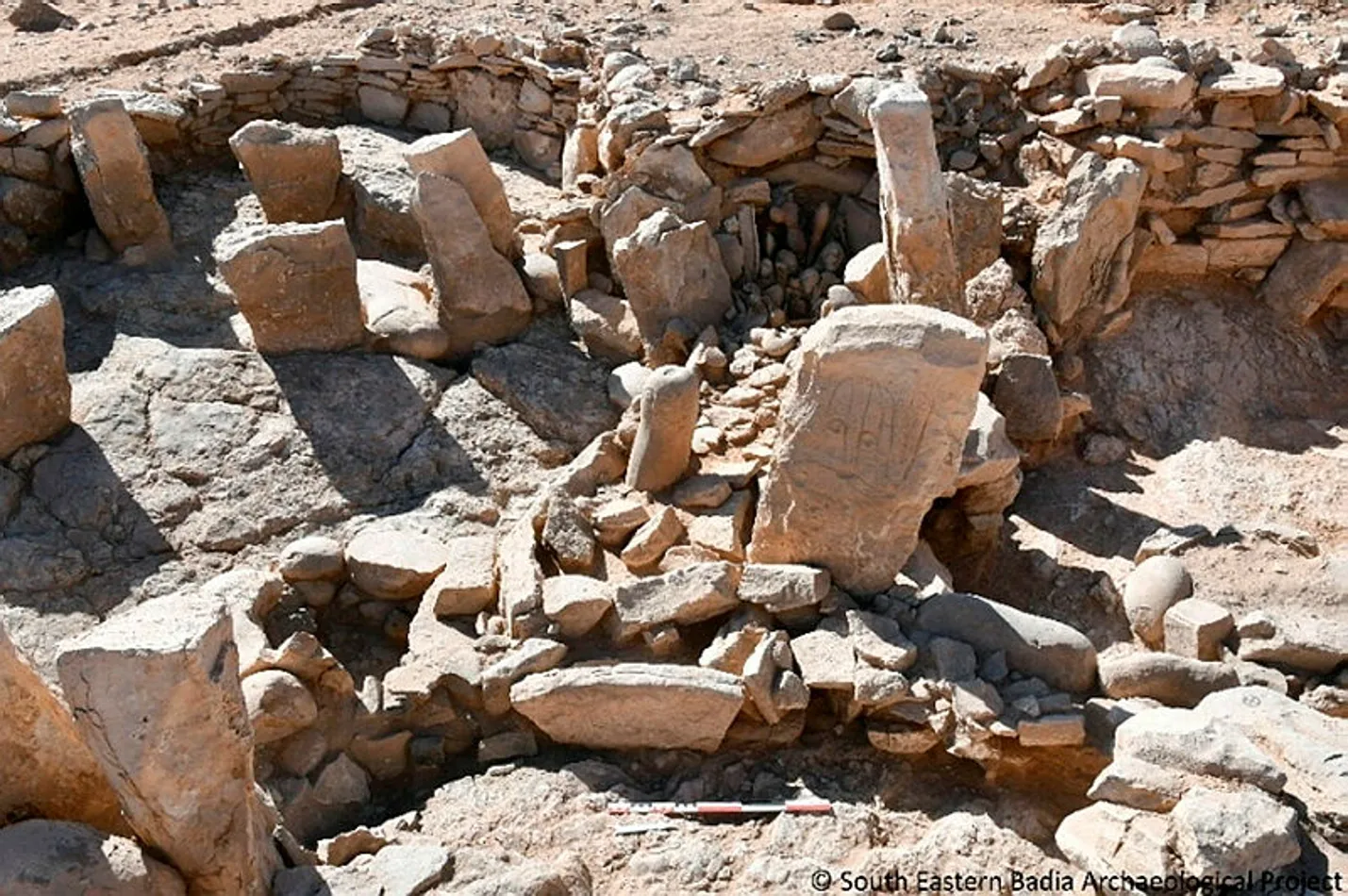
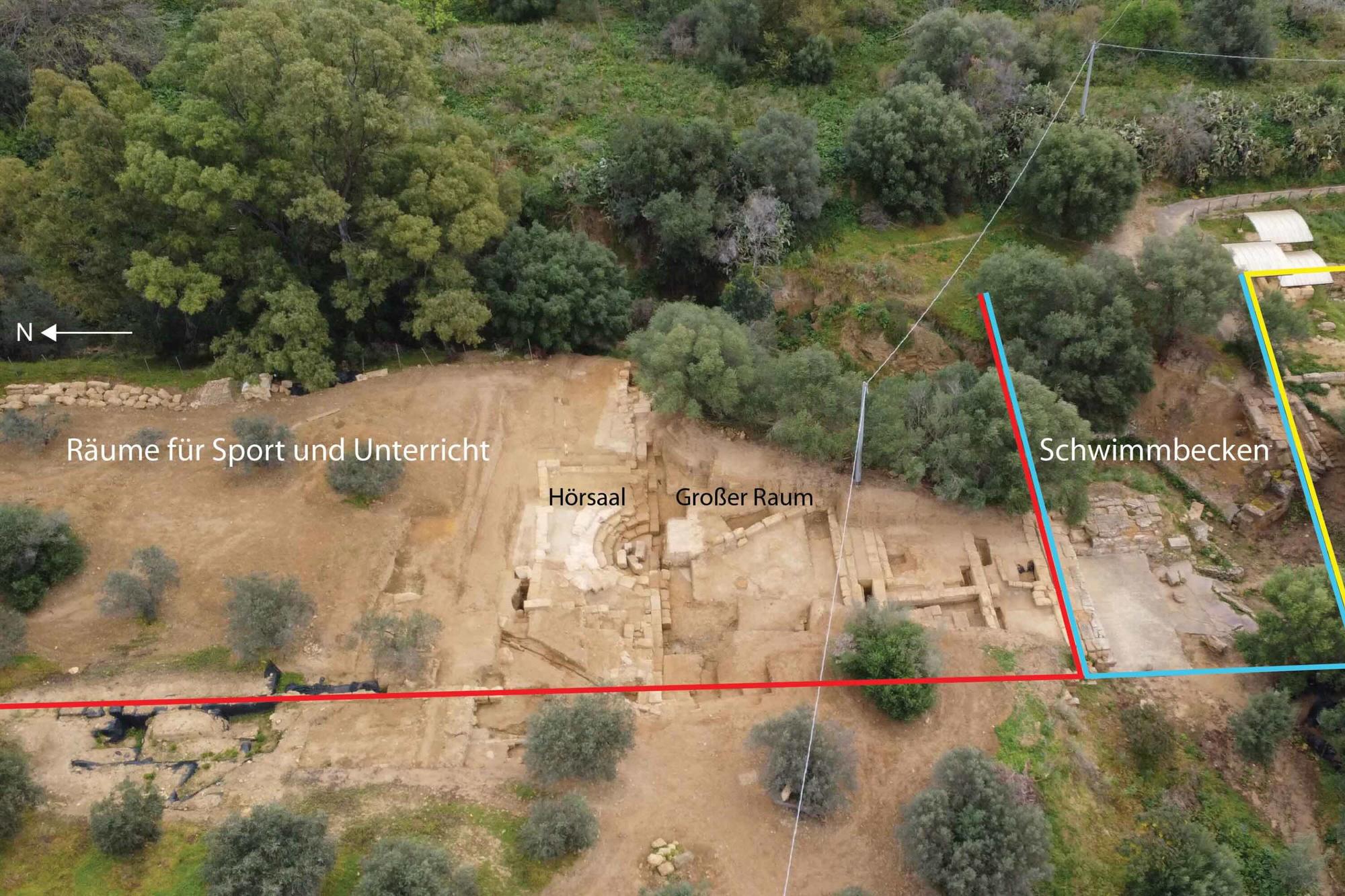

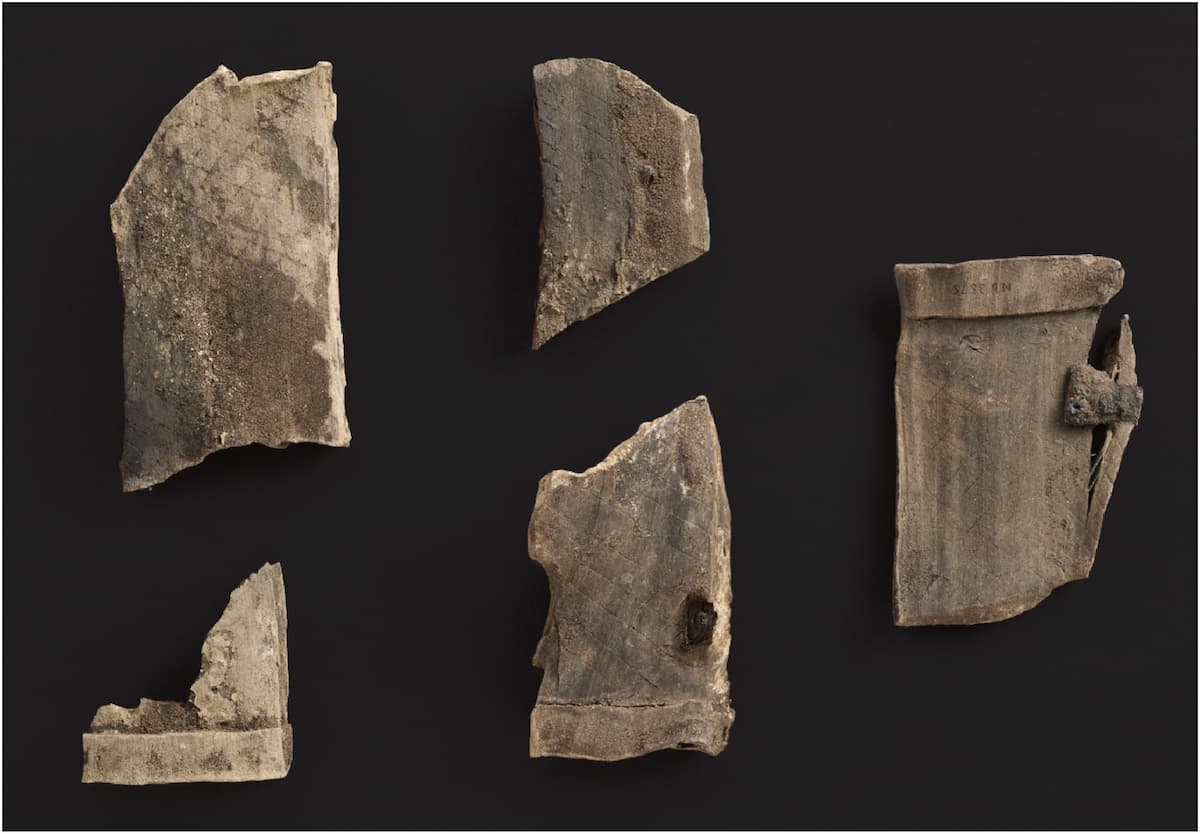
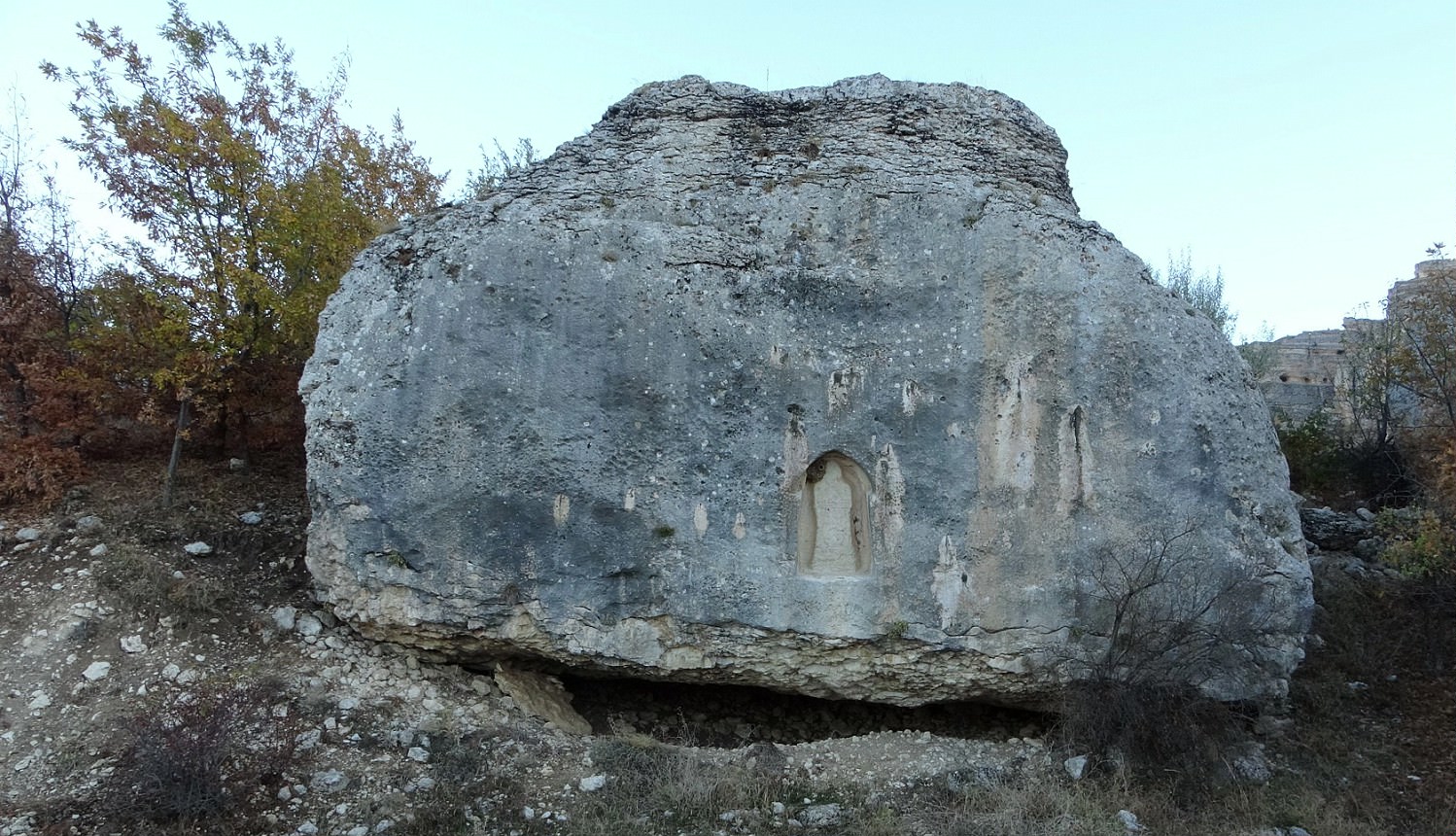
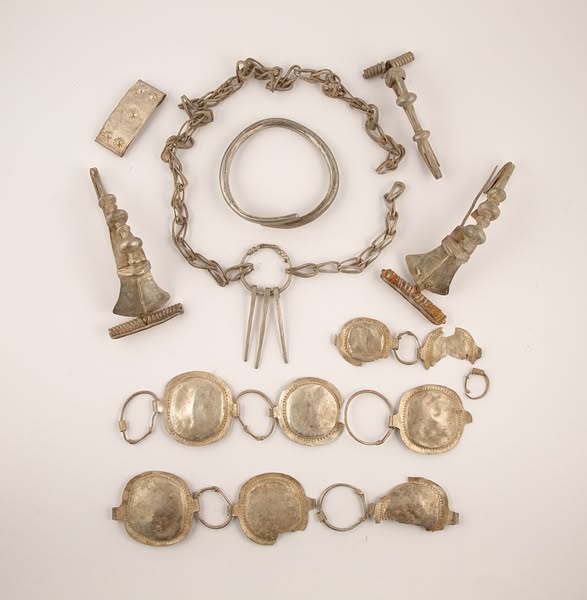


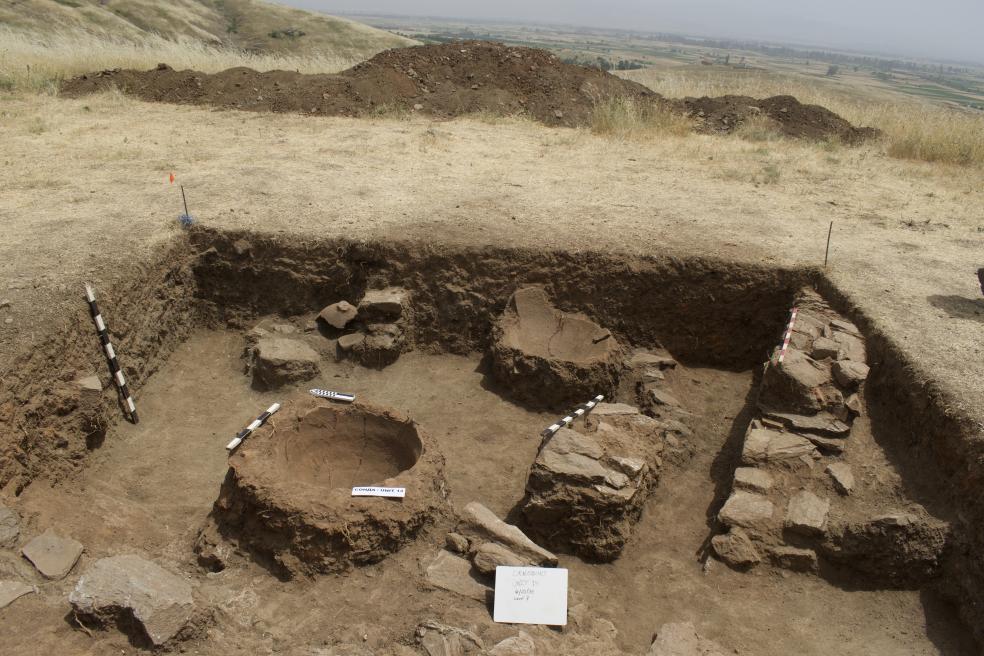
Leave a Reply